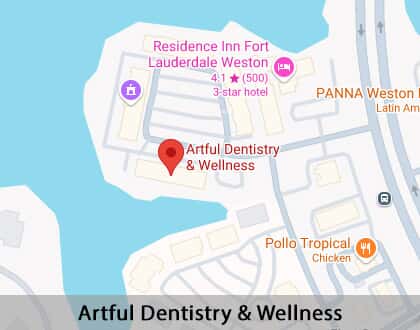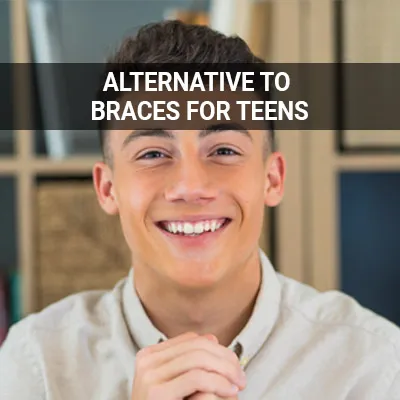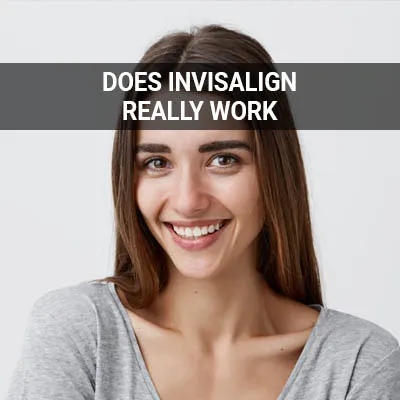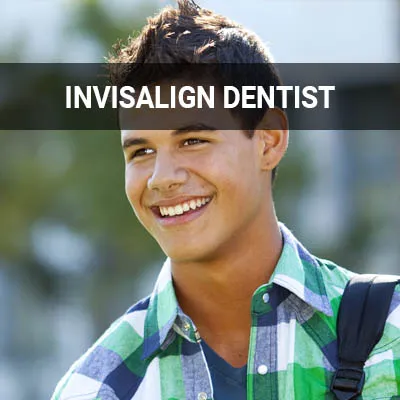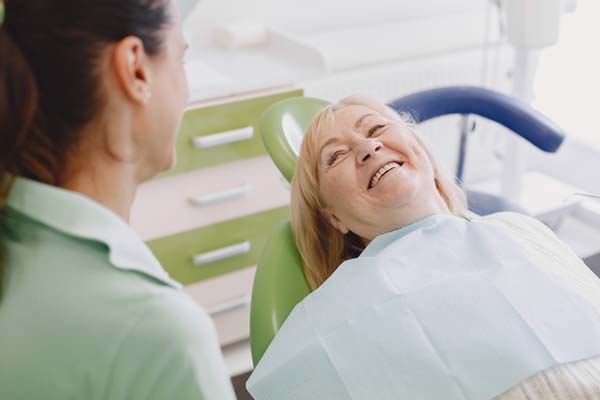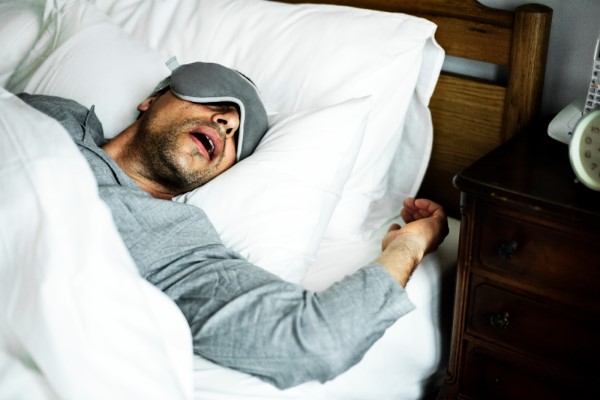Which is Better Invisalign or Braces Weston, FL
When deciding whether Invisalign® or braces are better, patients should compare their effectiveness, reversion after treatment, and dietary restrictions. While both orthodontic treatments straighten teeth, Invisalign offers unique benefits due to their discrete appearance and removability. Patients should carefully consider the advantages and disadvantages of both appliances before making a decision.
Orthodontic treatment is available at Artful Dentistry & Wellness in Weston and the surrounding area. Our team can help determine whether Invisalign or braces is the right choice for you. Call us today at (954) 526-2266 to learn more about our services or schedule an appointment.
Invisalign vs. Other Orthodontic Options
Invisalign involves wearing a series of clear, plastic aligners that gently move teeth into alignment over time. Since the aligner trays are clear, they are virtually invisible compared to other orthodontic options. Patients who prefer more discreet orthodontic appliances can feel less self-conscious while wearing Invisalign.
Other orthodontic treatments, such as braces, utilize wires and brackets that may consist of various materials from ceramic to metal. These appliances require more frequent appointments than Invisalign so that patients can have their wires and brackets adjusted or replaced. While Invisalign treatment for mild non-extraction cases is faster than with fixed appliances, it requires more time for more complex cases, according to a study in Progress in Orthodontics.
“Patients who prefer more discreet orthodontic appliances can feel less self-conscious while wearing Invisalign.”
When Braces Are More Effective
Invisalign and braces can treat many of the same orthodontic issues, including crooked teeth, overbites, underbites, minor gaps, and crowding. Unlike Invisalign, braces are more effective than Invisalign for correcting more complicated problems. While Invisalign is beneficial for aesthetic purposes and simple malocclusions, braces can apply greater force and create major tooth movements.
Consequently, braces can treat rotated teeth, large gaps, intrusion, and extrusion. A prospective follow-up study by the American Journal of Orthodontics and Dentofacial Orthopedics found that rotation had the lowest overall accuracy of all the tooth movements with Invisalign. Patients with prior dental work or short, round, or pegged teeth may also benefit from braces over Invisalign.
“While Invisalign is beneficial for aesthetic purposes and simple malocclusions, braces can apply greater force and create major tooth movements.”
Invisalign for Specific Conditions
Invisalign can be helpful for those with mild to moderate dental issues. Treatable cases through Invisalign treatment include overbites, underbites, cross bites, gapped teeth, open bites, crowded teeth, and mixture of baby and permanent teeth. However, each case differs under each of these treatments, and some cases may be too complex to treat with Invisalign.
Complex dental issues requiring traditional metal braces include, but are not limited to, early, late, or irregular loss of baby teeth; delayed eruption of adult teeth; teeth that do not meet at all; missing or extra teeth; incorrect jaw positioning; jaw-clicking; jaw-joint disorder; and respiratory or eating issues. During the consultation appointment, an orthodontist is able to fully understand the patient's case, in combination with other factors, and make a professional suggestion for the appropriate treatment type. In some cases, the patient may qualify for either treatment and be able to choose themselves.
“Invisalign can be helpful for those with mild to moderate dental issues.”
Check out what others are saying about our dental services on Yelp: Which is Better Invisalign or Braces in Weston, FL
Preventing Teeth From Shifting
After removing traditional braces, most patients must wear a retainer at night to keep their teeth from shifting. If the retainer is not worn, teeth will likely move and require further treatment to straighten them again. Once braces are removed, the patient's teeth must be kept aligned. Most patients require a positioner or retainer, typically worn overnight, to keep their teeth aligned after removing braces. With Invisalign, patients do not have to wear a retainer after treatment as teeth generally stay straight after the course of treatment.
However, Invisalign does require patient adherence as they are responsible for keeping them safe, clean, and in proper condition. Patients who do not adhere to the guidelines given to them may also experience shifting and undesired results by the end of treatment. If the patient misplaces or damages their Invisalign trays, they can be replaced but may delay treatment. Invisalign Teen comes with replacement aligners at no additional cost, as it remains common for teenagers to accidentally throw them away or misplace them once they remove them for eating or engaging in activities.
“With Invisalign, patients do not have to wear a retainer after treatment as teeth generally stay straight after the course of treatment.”
Questions Answered on This Page
Q. What conditions can Invisalign treat?
Q. Which is more likely to revert after finishing treatment?
Q. What are the dietary restrictions with braces or Invisalign treatment?
Q. What is the difference between Invisalign and other orthodontic options?
Q. When are braces more effective than Invisalign?
People Also Ask
Q. How can someone find the right Invisalign Dentist?
Q. How long is treatment time with traditional braces and Invisalign?
Q. What are the aesthetic differences between Invisalign and traditional braces?
Dietary Restrictions
When wearing braces, patients must only eat foods that are "braces safe." Gum and hard foods, such as candies or nuts, are typically off-limits to prevent damage to the braces or injury to the teeth. Invisalign patients do not have dietary restrictions as they remove the aligners while eating and drinking. However, we do recommend patients eat healthy, nutritious food to keep their oral cavity clean during orthodontic treatment.
In order to care for both braces and Invisalign trays, we advise patients to practice enhanced oral hygiene habits. With braces, patients should brush their teeth at least twice daily and use a water flosser or floss designed for braces at least once daily. There are various other tools for patients with braces, especially those with more complicated issues. With Invisalign, patients should remove their aligners while brushing and flossing. The aligners themselves should also be thoroughly cleaned during oral hygiene care to keep them clean and free of food particles or debris.
“Invisalign patients do not have dietary restrictions as they remove the aligners while eating and drinking.”
Frequently Asked Questions About Braces Versus Invisalign Teen
Q. How long will I have to wear Invisalign?
A. The length of treatment will vary for each patient and their individual needs. However, the average length of Invisalign treatment is 12 to 18 months. While simple cases will take less time, more complex orthodontic issues will require more extensive treatment.
Q. How much does Invisalign cost?
A. The cost of Invisalign will vary depending on factors, including the patient's treatment needs and insurance plan. Every insurance plan is different. People interested in Invisalign should contact their insurance provider for coverage information before seeking treatment.
Q. Will Invisalign interfere with my lifestyle?
A. Unlike other orthodontic options, Invisalign fits easily into people's lifestyles. The clear, plastic aligners are nearly invisible, so patients do not feel self-conscious during treatment. Patients can also remove their aligners when eating, brushing, flossing, or on special occasions as long as they wear them for 20 to 22 hours a day.
Q. Does Invisalign hurt?
A. Invisalign does not usually hurt. However, it can cause some minor pain or discomfort as the trays apply pressure to teeth to move them into alignment. These feelings are normal and will typically disappear within a few days after switching out a set of clear aligners.
Q. How can I clean my Invisalign aligners?
A. Patients can use the Invisalign Cleaning System or a soft-bristled toothbrush to clean their aligners. We also recommend soaking aligners to remove any bacteria present. Patients should also brush after every meal or snack to prevent food residue from getting trapped in their aligners and staining them.
Invisalign® Terminology
Learn More About Braces Versus Invisalign Teen
If you would like to discuss whether to use traditional braces or Invisalign Teen for your child, call Artful Dentistry & Wellness in Weston at 954-526-2266 for more information.
Helpful Related Links
- American Dental Association (ADA). Glossary of Dental Clinical Terms. 2025
- American Academy of Cosmetic Dentistry® (AACD). Home Page. 2025
- Invisalign®. How Invisalign Works. 2025
- Invisalign®. Take the Smile Assessment. 2025
- WebMD. WebMD’s Oral Care Guide. 2025
About our business, license, and website security
- Artful Dentistry & Wellness was established in 2000.
- We accept the following payment methods: American Express, Cash, Check, Discover, MasterCard, and Visa
- We serve patients from the following counties: Broward County
- We serve patients from the following cities: Weston, Pembroke Pines, Southwest Ranches, Cooper City, Davie, Sunrise, and Plantation
- FL (License #DN 20879). View License Information and Specifics
- National Provider Identifier Database (1083016257). View NPI Registry Information
- Healthgrades. View Background Information and Reviews
- Norton Safe Web. View Details
- Trend Micro Site Safety Center. View Details
Back to top of Which is Better Invisalign or Braces

